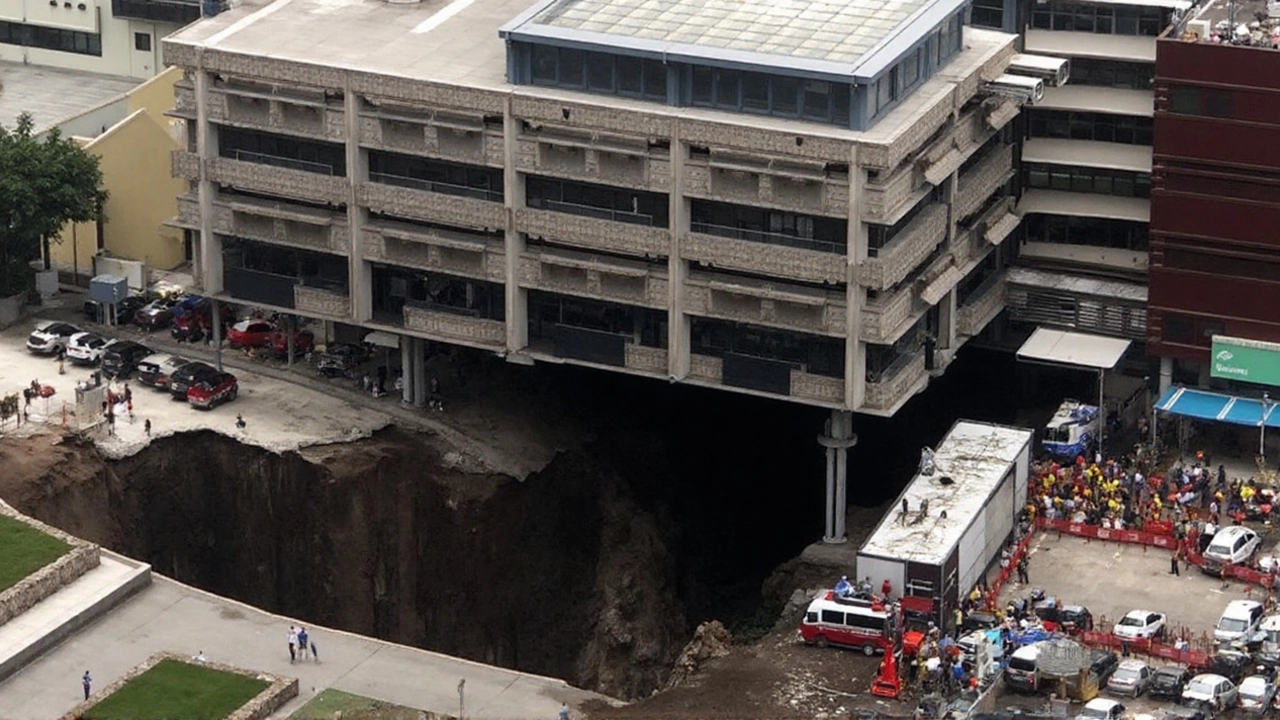MRT construction
When talking about MRT construction, the process of building underground or elevated rail lines that move millions of passengers daily. Also known as mass rapid transit construction, it blends heavy engineering, tight schedules, and strict safety rules to create the backbone of modern cities.
One key part of any MRT project is underground tunneling, the method that lets trains zip beneath streets without disrupting daily life. Underground tunneling uses tunnel boring machines, drill‑and‑blast, or cut‑and‑cover techniques to carve out the path for tracks. Coupled with railway engineering, which covers track design, signaling, and power systems, these two disciplines form the technical core of MRT construction. The project management side keeps everything on time and on budget: it coordinates contractors, monitors progress, and handles unexpected ground conditions. Safety standards act like a safety net, dictating everything from ventilation to emergency egress, ensuring workers and future passengers stay protected. Together, these entities create a clear cause‑and‑effect chain: MRT construction encompasses underground tunneling, requires railway engineering, depends on project management, and is guided by safety standards. Urban development also influences MRT construction, because city planners decide where lines should go to best serve growing neighborhoods.
What you’ll find in this collection
The articles below break down each piece of the puzzle. Some explain how tunnel boring machines work, others dive into the latest signaling technology that keeps trains running smoothly. A few discuss budgeting tricks that keep big projects from spiraling out of control, while others share real‑world case studies of cities that transformed their transit network with MRT construction. You’ll also see practical checklists for safety compliance and tips for coordinating multiple stakeholders during the build phase. Whether you’re a student, a city planner, or a contractor, the mix of technical detail and hands‑on advice will give you a solid footing before you dive into the next phase of your own rail project.
Ready to see the full range of insights? Scroll down and explore the posts that cover every angle of MRT construction, from the ground up to the final launch.
- By Colton Westwood
- /
- 25 Sep 2025
Bangkok Sinkhole Cripples Hospital and Halts MRT Construction
A 50‑meter deep sinkhole opened outside Vajira Hospital in Bangkok on September 24, swallowing cars and utility poles. Officials traced the collapse to a faulty MRT tunnel joint, prompting evacuations, halted admissions, and power cuts. No injuries were reported, but nearby buildings remain unsafe. Authorities race to seal the hole before rain worsens the damage. The event reignites debate over rapid underground development in a crowded city.

